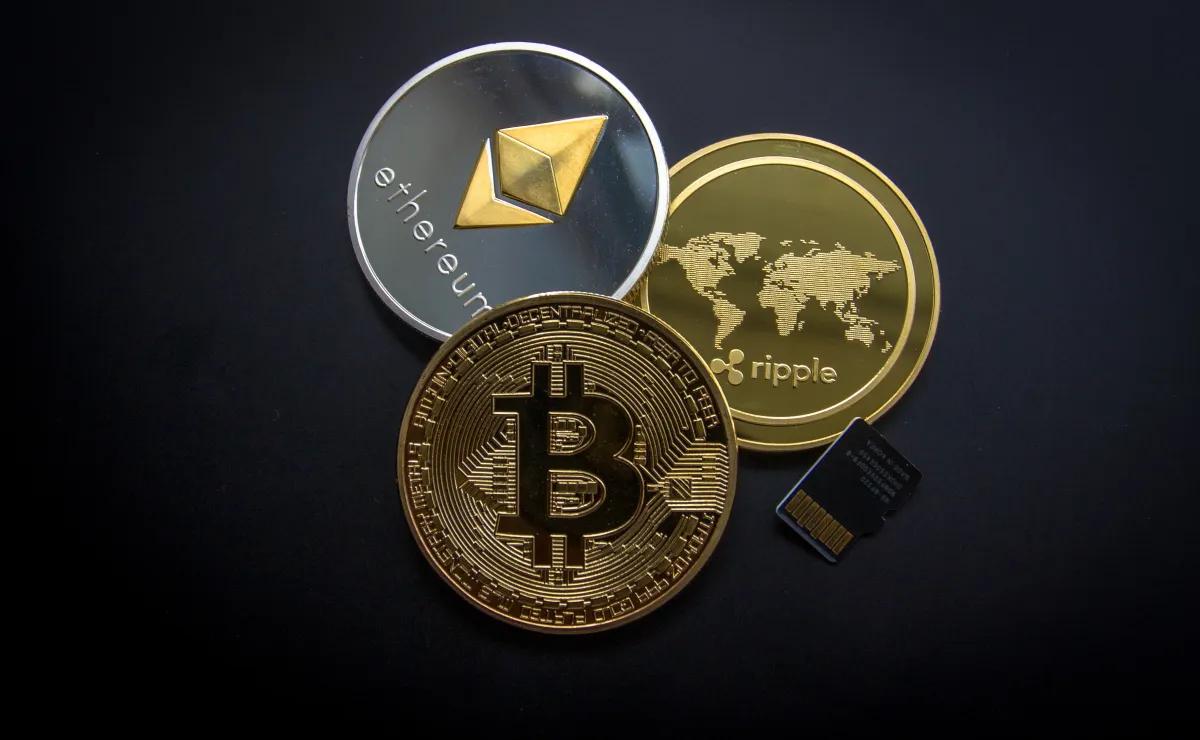Crypto Currents and Clean Energy: Unravelling Financial Interdependencies
Increasing awareness of climate change and environmental degradation has persuaded governments, international organisations, businesses and the general public to join forces to reduce carbon emissions and search for innovative and efficient clean alternatives.
After the COP26 Summit, governments worldwide pledged to work together to eliminate carbon emissions until the middle of this century. Consequently, a large amount of global capital and investments have been directed towards renewable or clean energies. As a result, the clean energy sector has developed into a massive industry, and investors consider clean energy investments as an alternative asset class.
With the tremendous growth of the clean energy sector, there is an ever-increasing demand for clean energy metals such as nickel, aluminium, cobalt, copper, etc. These metals are utilised as raw materials for producing clean energy. They are essential for developing green technologies such as solar panels, energy-efficient lighting, wind power, batteries, and electric vehicles.
According to the International Energy Agency, achieving net zero emissions globally by 2050 will require almost twice the quantity of clean metals currently demanded globally. With this in mind, the price dynamics of clean energy metals are crucial for climate neutrality and energy security.
The research by Sunway University's Associate Professor Dr Sitara Karim and colleagues is essential for several reasons. Firstly, it is the first study to examine how cryptocurrencies, clean energy stocks, and clean energy metals are connected. The reason these three are tied together is that cryptocurrency requires enormous amounts of energy. Literature has thoroughly documented the relationship between cryptocurrencies and traditional energy commodities. However, there is less focus on studying the relationship between cryptocurrencies and clean energy markets.
Secondly, the study uses the dependency network method to see how these markets depend on each other. This helps investors understand how these markets are connected and what it means for their investments.
Third, the study uses graph theory to show how information moves between these markets. It can be compared to showing who talks to whom within a group. This helps to see which markets are most important in this network.
In short, this study explores how cryptocurrencies, clean energy stocks, and clean energy metals are connected and how they affect each other. It uses different tools to help investors understand these connections and, in turn, make better decisions.
For policymakers, there are several essential steps to consider. Firstly, they should encourage investment in alternative energy markets and cryptocurrencies. This can be achieved by creating tax incentives, subsidies, or establishing venture capital funds. As the use of cryptocurrency in alternative energy markets grows, policymakers must also develop regulatory frameworks to ensure environmental protection, market integrity, and investor security. These regulations should encompass energy sources, carbon credits, and the utilisation of blockchain technology.
Furthermore, policymakers should endeavour to actively promote collaboration between alternative energy markets and the cryptocurrency industry. This collaboration is crucial to ensure sustainable energy sourcing and maintain transparency and security within the market. Additionally, policymakers must invest in public education to inform citizens about the benefits and risks of investing in alternative energy markets and cryptocurrencies. This education should include disseminating information about sustainable energy sources and how cryptocurrency can support the development of renewable energy infrastructure.
Associate Professor Dr Sitara Karim
Sunway Business School
Email: [email protected]
This article has been adapted from Muhammad Abubakr Naeema, Raazia Gul, Saqib Faridc, Sitara Karim & Brian M. Lucey (2023), Assessing linkages between alternative energy markets and cryptocurrencies, DOI: 10.1016/j.jebo.2023.04.035




